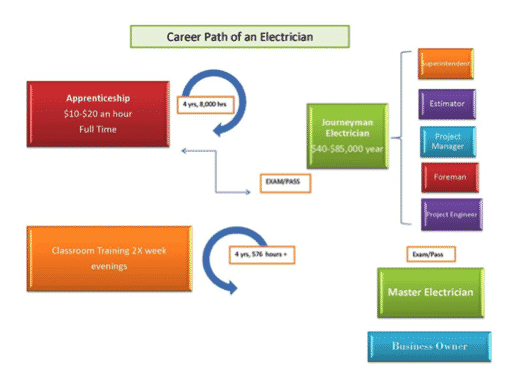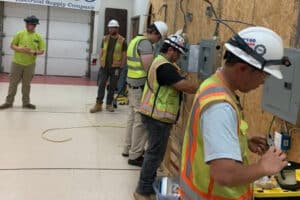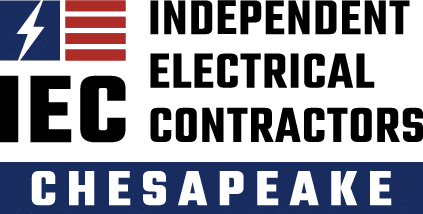We blogged about this- several different ways in fact- all last year. The skilled worker shortage, both in the United States and globally, is real. Pipelined work opening up in the last 6 months is real. When the two converge it’s not a pretty sight.

“Construction employment turnover is approximately twice the percentage of most other industries. In each of the past ten years, both hires and separations are more than 50% of employment in the construction industry. Manufacturing’s rate is half that percentage…
…We observe that most of this high turnover occurs disproportionately at the field level.
We believe that this results in project staff having the least institutional knowledge than other company employees, but who work where safety, quality, schedule, and cost are most critical. The interactions between the old hands and newcomers don’t dovetail. Improving organizational productivity continues to be one of the top priorities of construction executives. In practical terms, the ratio of input cost/output value predicts the relative % of profitability of any construction organization. If negative, it foretells difficult financial issues. “*
*Constructions High Employee Turnover, Matt Stephens, Ph. D., Jennifer E. Day, Ph.D.
For full paper see: http://www.stevens-day.com/wp-content/uploads/2017/07/20170716-Construction-Employment-Turnover-V5-MSS-JED.pdf
In 2012 and 2013, both McGraw Hill Construction Smart Market Report and The Manufacturing Institute, published articles about the aging out of skilled tradesman boomers, the growth in both residential and commercial construction, and the perfect storm headed our way by 2020.
The top five trade areas with the greatest feared skilled labor shortages were predicted as: carpentry/millwork, electrical, HVAC/boilermaker, concrete finisher/cement mason and ironwork.
They were right.
“The Bureau of Labor Statistics forecasts the employment of electricians to grow by 20 percent from now through 2022 – nearly twice the average growth rate for all other occupations. According to the BLS, 114,700 new electricians will be required to fill the need.” 2016 Paul Pogue article for Angies List
Here we are in 2017, nearly 2018, still struggling to get high schools, counselors, and parents on board with looking seriously at apprenticeship in the trades as just as viable- if not more viable- a career path for their students.
We hope that getting the facts of both apprenticeship and electrical career trajectories in front of these groups will turn the tide of age old bias. There is dignity in labor.
Who will be called to wire our homes and buildings? Who will be called in power outages, severe storm situations? Do you want the brightest and best to show up…or someone who had nothing better to do with their lives?
What should a highly dangerous occupation be paid? Who should be trusted with delivering high voltage to the buildings we occupy every day?
I say the brightest and best. We expect to see roughly 700 such students in our nine school locations starting Fall 2017.
You should be glad they are enrolling; encourage more to do the same.
For a nation concerned about jobs, growth, and putting people to work, I draw your attention to the highly skilled, well paid trades.
Whether you are starting out or starting over, consider a lucrative career as an electrician. Pride, pay, and a bright future.













